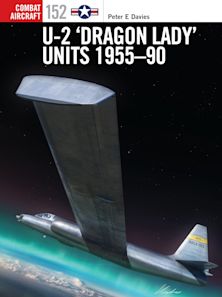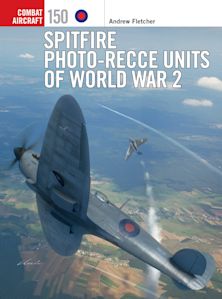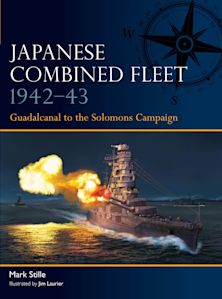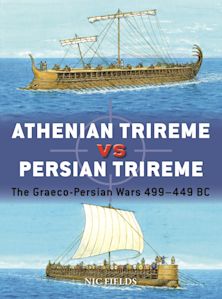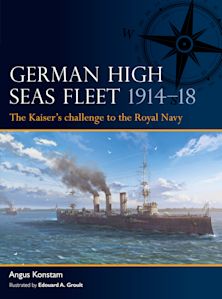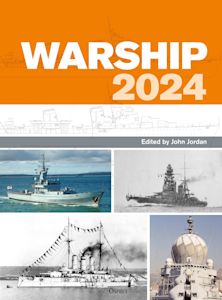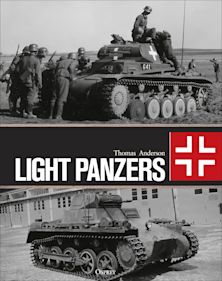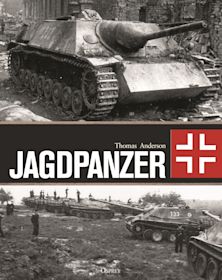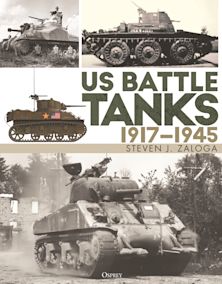- Home
- Discover
- Osprey Publishing
- Machine of the Month
Machine of the Month: SU-76M
Machine of the Month
-
- SU-76M
- Royal Navy Monitors of World War II
- B-26 Marauder
- M18 Hellcat
- US Navy Atlanta-class Light Cruisers 1940–49
- RAF Jaguar Units in Combat
- 17-pdr Achilles
- Super-Battleships of World War I
- B-29 Superfortress
- Light Panzers
- AH-1 Cobra Gunship
- Japanese Combined Fleet 1942–43
- US Tanks of WWI
- The Battleship Bouvet
- Lockheed U-2
- Jagdpanzer
- The Destroyer USS Kidd
- P-47 Thunderbolt
- Tiger Tank
- Athenian Trireme
- SR-71 Blackbird
- M3 Medium Tank and Crusader Tank
- German Super Battleships
- Spitfire
Welcome to Machine of the Month! Each month we'll be exploring a famous aircraft, ship or tank through an extract, blog post, fact file and artwork.
Use the menu in the left to select the current or past features.
This time we look at the SU-76M.
We'd love to hear if you have any ideas for features you'd like to see.





